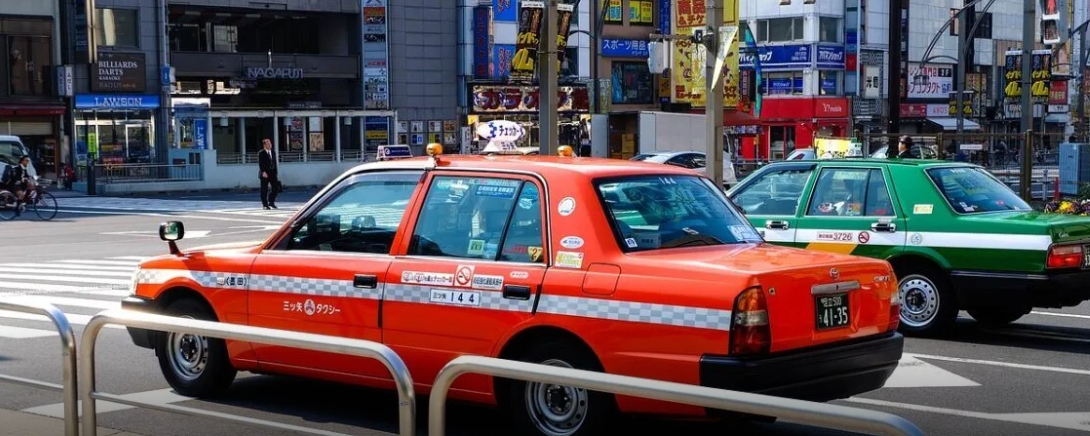 Japan, a pioneer in formulating a national hydrogen strategy in 2017, is now grappling with the harsh realities of hydrogen adoption, particularly in the taxi industry.
Japan, a pioneer in formulating a national hydrogen strategy in 2017, is now grappling with the harsh realities of hydrogen adoption, particularly in the taxi industry.While the vision of clean and efficient fuel cell vehicles sounded promising, it seems that high hydrogen costs and a lack of demand have made it challenging for businesses like the Kobe-based taxi company MK West Group to turn a profit using this technology.
MK West Group had initially embraced the idea of greener transportation by investing in a fleet of hybrid cars from Toyota, including the eco-friendly hybrid models like Crown, Camry, Alphard, and Lexus vehicles. However, the turning point was the addition of two Toyota Mirai fuel cell vehicles. These Mirais offered a compelling advantage – rapid refueling. In the taxi business, where time is money, the Mirai’s ability to refuel in just three to five minutes seemed like a game-changer.
However, according to Yoshiaki Aoki, the company’s president, the Mirai experience was far from convincing. It wasn’t the cars themselves that disappointed but rather the high cost of hydrogen fuel. Aoki argues that for hydrogen to gain traction as an alternative fuel in Japan, it needs more substantial state subsidies to offset the costs. When factoring in the price of hydrogen, which is notably high compared to gasoline, along with the upfront purchase costs of the Mirai vehicles, the economics didn’t add up.
The struggle isn’t limited to taxi companies. Japan, in general, faces a lack of demand for hydrogen-powered vehicles in both commercial and private sectors. Aoki suggests that creating a hydrogen infrastructure could turn the tide. With the support of energy companies like Idemitsu Kosan and Eneos, the missing gas stations could be established quickly, he claims. The current dilemma follows a circular pattern: no demand leads to no gas stations, and the absence of gas stations hampers demand. Breaking this cycle is the need of the hour.
To combat this infrastructure issue, MK West has taken the initiative to operate its hydrogen filling station near its headquarters, installed by Air Liquide SA. However, the station’s performance isn’t a heartening sign for hydrogen vehicles, as only an average of three vehicles (in addition to MK West’s two) refuel there daily. This is a concerning statistic considering that the first Mirai model hit the market almost ten years ago.
Yoshihiro Ueno, an executive at Air Liquide, notes that most hydrogen filling stations in Japan aren’t profitable due to the lack of a market. While the government offers subsidies for installation and operational costs, there are no concrete political guidelines to encourage hydrogen adoption.
Despite the challenges, Aoki hasn’t entirely dismissed the idea of sustainable fuel alternatives for his taxi fleet. The choice between fuel cell and electric vehicles remains uncertain, hinging on factors like costs, infrastructure development, and the availability of suitable models.
Aoki’s optimism centers on the upcoming Toyota Crown, set to debut by the end of the year. The success of this model could steer the direction of MK West’s fleet. However, if hydrogen prices don’t significantly decrease, the company is open to shifting a significant portion of its fleet to electric vehicles, even if the longer charging times present their own challenges.
Japan’s struggle with hydrogen adoption in the taxi industry mirrors the broader challenges faced by the country in achieving its green energy goals. Overcoming these challenges will require concerted efforts, perhaps through government intervention, infrastructure development, and cost reduction measures, to create a more sustainable future for the transportation sector.